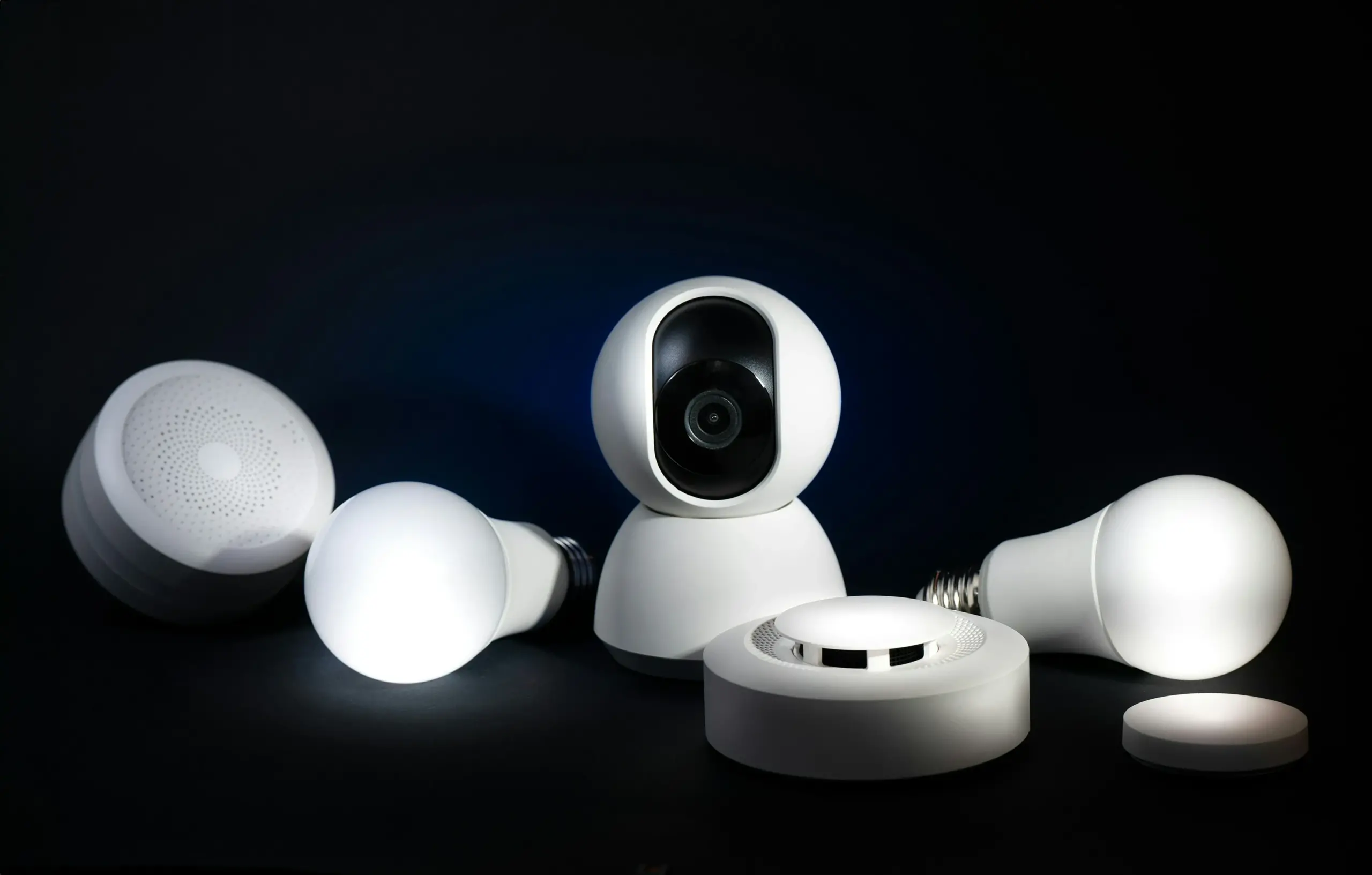Integrating Android apps with smart home devices can be tricky. Developers face issues like device compatibility and data synchronization. These obstacles complicate the integration process.
However, to provide users with seamless control over their connected devices, solutions like using standardized protocols and leveraging cloud services are essential. This article delves into the challenges and offers potential solutions to enhance the smart home experience.
Disclaimer
We try our best to give authentic and informative details. The details provided are based on information available online and in the news. Some things may be changed after a certain date. Please refer to the official app pages or developers for the most accurate and up-to-date information.
Note: If you find anything wrong in this post feel free to contact us. Click Here to Contact Us.
Device Compatibility
One of the main challenges in integrating Android apps with smart home devices is device compatibility. Many smart devices use different protocols and interfaces, making it difficult for a single app to communicate with all of them. As a result, developers face the task of ensuring their apps can work seamlessly with a wide range of devices.
For instance, some devices might use Bluetooth, while others rely on Wi-Fi or Zigbee. Ensuring compatibility across these various protocols requires extensive testing and development efforts. This complexity can slow down the development process and lead to a fragmented user experience.
Data Synchronization
Another significant challenge is data synchronization. Smart home devices often generate a large amount of data that needs to be synchronized with the app in real-time. This can be especially challenging when dealing with multiple devices that need to communicate with each other seamlessly.
Synchronization issues can lead to delays and incomplete data transfers, which can affect the user experience. Developers need to create robust algorithms to ensure data is accurately and efficiently synchronized across all devices. The goal is to provide users with real-time updates and controls.
Secure Communication
Secure communication is crucial when integrating Android apps with smart home devices. With the increasing number of connected devices, the risk of cyberattacks also rises. Ensuring that data transmitted between the app and devices is secure is paramount.
Developers must implement strong encryption methods and regularly update their security protocols. This includes using secure sockets layer (SSL) and transport layer security (TLS) to protect data. Additionally, incorporating multi-factor authentication adds an extra layer of security.
Failure to secure communication channels can lead to unauthorized access and data breaches. This can severely compromise the safety and privacy of users.
Standardized Protocols
Using standardized protocols can simplify the integration process. Protocols like MQTT, Z-Wave, and Zigbee provide a common language for devices to communicate with each other. This reduces compatibility issues and simplifies development.
Adopting these standardized protocols allows developers to focus on enhancing the functionality and user experience of their apps. It provides a solid foundation for building interoperable smart home systems.
Leveraging Cloud Services
Leveraging cloud services is another effective solution for managing smart home devices. Cloud platforms can store and process large amounts of data, allowing for real-time updates and controls. This approach also facilitates remote access and management of devices.
For example, users can control their smart home devices from anywhere using their Android app. Cloud services also offer scalability, which is essential as the number of connected devices in a smart home increases.
However, relying on cloud services requires a stable internet connection. Any disruption in connectivity can affect the performance and reliability of the smart home system. Therefore, developers must consider fallback options to maintain functionality during outages.
Enhancing User Experience
Effective integration enhances the smart home experience by providing intuitive controls and real-time updates. User-friendly interfaces and seamless interactions between devices and apps are critical for a positive experience.
Developers should focus on creating straightforward and responsive app interfaces. This allows users to easily manage and monitor their smart home devices.
Testing and Validation
Testing and validation are essential steps in the integration process. Developers must thoroughly test their apps with various smart home devices to ensure compatibility and performance. This includes both functional and security testing.
Frequent updates and maintenance are also necessary to address any issues that arise post-launch. Continuous testing helps in maintaining the app’s reliability and effectiveness.
In conclusion, the integration of Android apps with smart home devices presents numerous challenges, including device compatibility, data synchronization, and secure communication.
However, by employing standardized protocols, leveraging cloud services, and ensuring robust security measures, developers can significantly enhance the smart home experience. Ultimately, these solutions lead to more intuitive controls and real-time updates for users, making smart homes more efficient and user-friendly.
